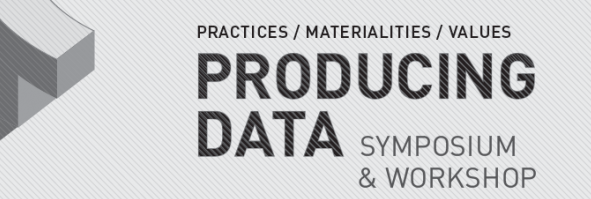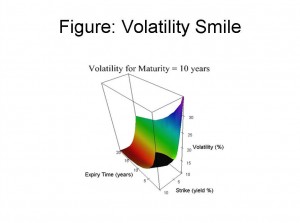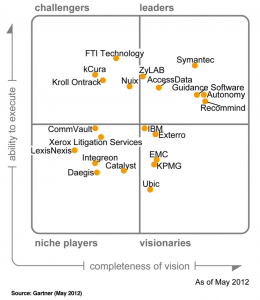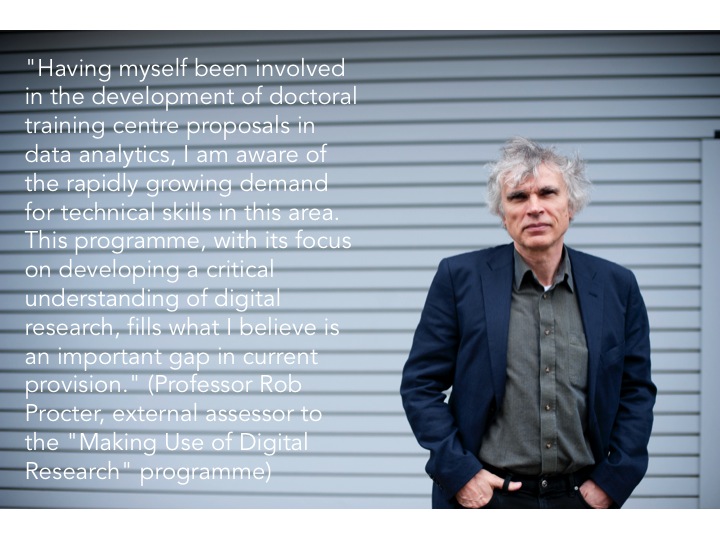The Social Informatics Cluster is a vibrant forum where academics from Informatics, Business Studies, Science Technology and Innovation Studies, and Medicine collaborate to further the interdisciplinary study of the social aspects of computing. The weekly Edinburgh Social Informatics cluster talks resume next week after a long summer break but with a hugely exiting programme featuring local contributors, international visitors (including Kalle Lyytinen, one of the most influential scholars in IS at the moment) as well as old friends.
The Social Informatics Cluster website has videos and details of previous talks
Where: Informatics Forum every Friday morning, coffee available 1.16 between 9.30 and 11.00am.
Friday 19th September – Efrem Mallach
Jointly with the Business School and with thanks to Neil Pollock
“Forty Years in Analyst Relations: A Personal Retrospective”?
Dr. Efrem Mallach, one of the founders of Industry Analyst Relations, is Research Director at Kea Company. Efrem is one of the top experts in the world on Analyst Relations. Efrem’s role combines consulting to Kea Company clients with developing research methodologies, measurement tools and best practices.
Efrem has been involved in Analyst Relations since the late 1970s, when he represented Honeywell Information Systems’ minicomputer division to the then-nascent industry analyst community. As a consultant and an industry analyst in the mid-1980s, he saw that vendors with whom he worked, often did not know how to work with people like himself – to their detriment, since consultants and analysts influenced a large fraction of their sales. He therefore began to consult with those vendors to improve the effectiveness of their analyst/consultant relations programs.
In 1987 he wrote the first edition of “WIN THEM OVER: A Survival Guide for Corporate Analyst/Consultant Relations Programs”, devoted entirely to helping information technology firms optimise their relationships with consultants and analysts. In 1992 Efrem co-founded Kensington Group, an Analyst Relations consultancy of which he was CEO until his return to academia in 2002. Efrem is based in New England, a region where many of the major analyst houses are headquartered and teaches business courses at a nearby university.
Watch an interview with Efrem here
Friday 26th September – Jee Hyun Suh
Jee is currently completing her PhD at the University of Edinburgh on The co-evolution of an emerging mobile technology and mobile services: A study of the distributed governance of technological innovation through the case of WiBro in South Korea.
Friday 3rd October – Sampsa Hyysalo, Professor, INUSE User and Innovation research group, Aalto University School of Art and Design
Watch a video of his TED talk here
Friday 10th October – Alberto Acerbi
Friday 17th October – Farjam Eshraghian
Friday 24th October – Kalle Lyytinen , Dean of the Faculty of Social Sciences in the University of Jyväskylä
In conjunction with the Institute for the study of science and technology (ISSTI).
Making and breaking rules in information technology (IT) rich environments: The role of meaning and time in organisational regulation
The materialization of rules in Information Technology (IT) and their impact on practice have been rarely explored. A review of literature not only shows that IT is poorly conceptualized in studies of organizational regulation; especially, the social meaning of materialized rules and the time period of their impact has been ignored. The current pervasive use IT to regulate organizational behaviors warrants an exploratory study to theorize about the ternary relationships between rules, IT, and practices. To this end we trace IT uses that embed regulatory episodes (where behaviors are regulated by rules) during the implementation and assimilation of an e-learning system at a French university. The study helps us disentangle how rules become materialized in IT rich environments and how their interpretation unfolds in practice. Through regulatory episodes, we identify five meaningful modalities of organizational regulation in IT rich environments. Our analysis helps also formulate four conjectures about the dynamics of IT based organizational regulation. The implications of our findings are relevant for the theories of organizational regulation and the management of compliance.
Kalle Lyytinen (PhD, Computer Science, University of Jyvaskyla; Dr. h.c. from Umeå University) is Iris S. Wolstein professor at Case Western Reserve University, a CIIR professor at University of Umeå, Sweden and a visiting professor at London School of Economics, U.K.. He is currently Associate Dean of Research and the Academic Director of the Doctor of Management Programs at Weatherhead School of Management. Between 1992 and 2012 he was the 3rd most productive scholar in the IS field when measured by the AIS basket of 8 journals; he is currently among the 5 most cited scholars in the IS field based on his adjusted h-index (67). He is LEO Award recipient (2013), AIS fellow (2004), and the former chairperson of IFIP WG 8.2. He has published around 300 refereed articles and edited or written nearly 20 books or special issues on the nature of IS discipline, system design, method engineering, computer supported cooperative work, standardization, ubiquitous computing, social networks. He recently edited a special issue to Organization Science on digital innovation and has recently finished a special issue to MISQ on social communications and symbolic aspects of information systems and a special issue to ISR on the Information Technology and Future of Work. He is currently editing a special to MISQ on digitally enabled innovation. He is involved in research that explores IT induced radical innovation in software development, digitalization of complex design processes, requirements discovery and modeling for large scale systems, and digital infrastructures especially for mobile services.
Friday 7th November – Ali Eshrahi










